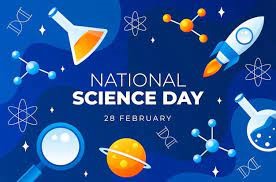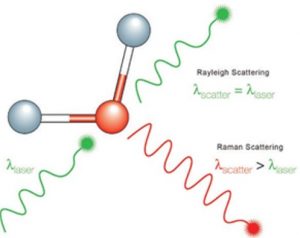We live in a civilization where we may encounter two types of people. Any group of people who follow a religious path and place their faith above science. On the other hand, some people thrive on pushing scientific and technical boundaries. People who believe in technical miracles celebrate National Science Day in the same way that they celebrate cultural and religious holidays.
Science tests us to see how far we can go. Everything in our surroundings is scientifically based. National Science Day is for science believers, scientists, the next generation of scientists and technologists, and others who are fascinated by scientific discoveries.
In honour of the great scientist and Nobel Prize winner CV Raman, National Science Day (also known as Rashtriya Vigyan Divas) is celebrated on 28th February of every year. Dr. Jitendra Singh, Union Minister of Science and Technology, declared the topic for the National Science Day 2022 as- ‘An Integrated Science and Technology Approach for a Sustainable Future,’ says the title.
National Science Day: History The National Council for Science and Technology Communication (NCSTC) petitioned the Indian government in 1986 to designate February 28 as National Science Day. This day was named National Science Day by the government. The first National Science Day was observed on February 28, 1987.
What is the significance of this day being named as National Science Day?The scientist Sir Chandrashekhara Venkata Raman, commonly known as CV Raman, discovered the ‘Raman Effect,’ which is celebrated on National Science Day. He was born in Tamil Nadu on November 7, 1888.
Raman was awarded the Nobel Prize in 1930 for his hypothesis of the Raman Effect. He was the first Indian and Asian to get the prestigious prize. In 1954, he was also given the Bharat Ratna for his contributions to science, particularly physics. Some of the radiation scattered through a material exhibits the Raman Effect, which is a shift in wavelength. Because the effect is unique to the chemicals that create it, it can be exploited in spectroscopy. In other words, some of the deflected light changes wavelength and amplitude when it travels through a transparent substance.
Raman also created the “Raman Spectroscopy” device, which may be used to observe the vibrational, rotational, and other low-frequency modes in a system. For the first time, Raman demonstrated definitively that the colour of the sea was blue due to the scattering of sunlight by water molecules. The sea is blue because air molecules split sunlight into its spectrum of colours. The only colour that the ocean reflects and that eventually reaches our sight is blue.
The major goal of National Science Day is to get the word out about the importance of science and how it may be applied in everyday life.
Students and faculty of Sushant University, one of the best universities in Delhi-NCR, celebrates the day every year with fervour to reiterate its importance.





